Halo blight, caused by a bacterial pathogen (Pseudomonas savastanoi pv. phaseolicola) is one of the major diseases of beans world-wide, particularly in temperate regions.
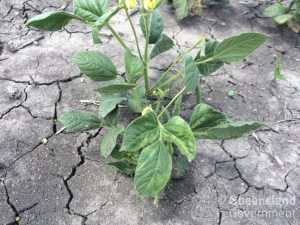
Figure 1. Early symptoms of halo blight. Leaves develop small, water-soaked lesions surrounded by chlorotic halo.
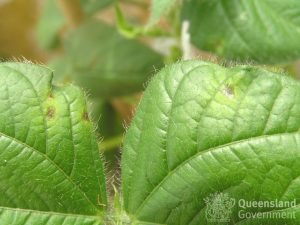
Figure 2. Close up of initial water-soaked lesions surrounded by chlorotic halo.
In mungbean, symptoms on leaves start as small, water-soaked lesions that are surrounded by a yellow-green halo (Figs 1 and 2). Symptoms may be visible at the 1st or 2nd trifoliate leaf stage and are often the result of seed-borne infection. These infected seedlings become the major source of inoculum for later infection and spread within the crop. As the lesions age, the haloes become less pronounced and lesions merge together to produce larger necrotic areas (Fig 3).
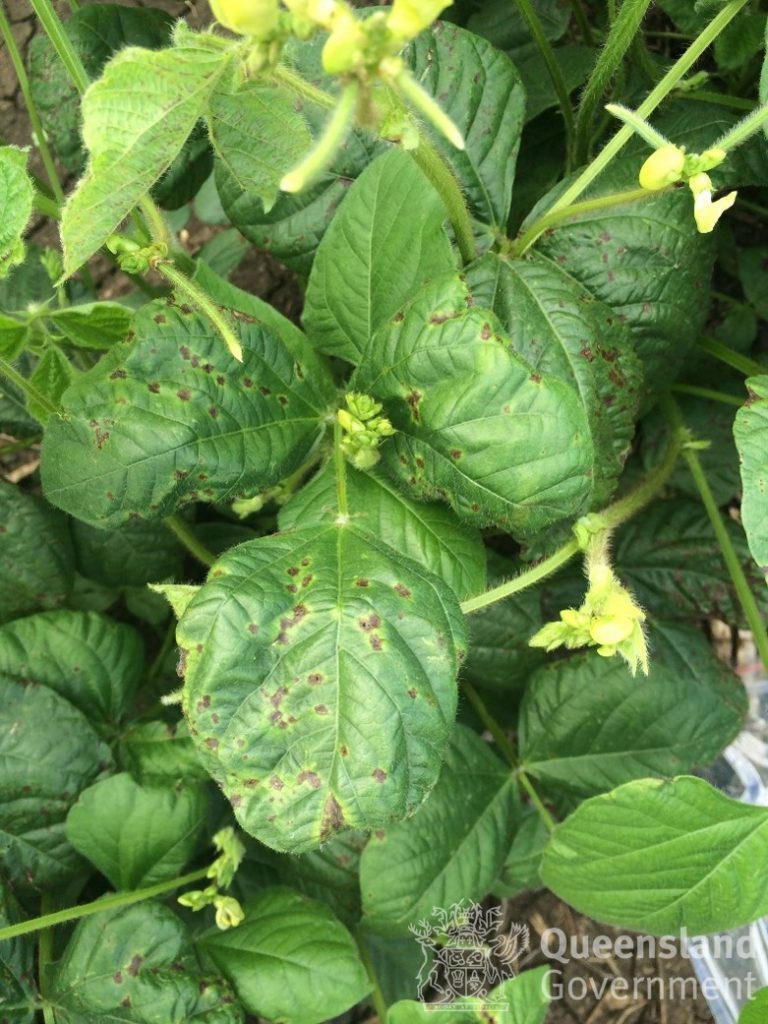
Figure 3. As necrotic lesions begin to merge, the surrounding halo becomes less pronounced as lesions age.
Leaf spots are visible on both sides of leaves, with the underside appearing shiny and greasy (Fig 4). As the disease progresses, circular water-soaked spots may form on the stems, petioles and pods (Figs 5 and 6).
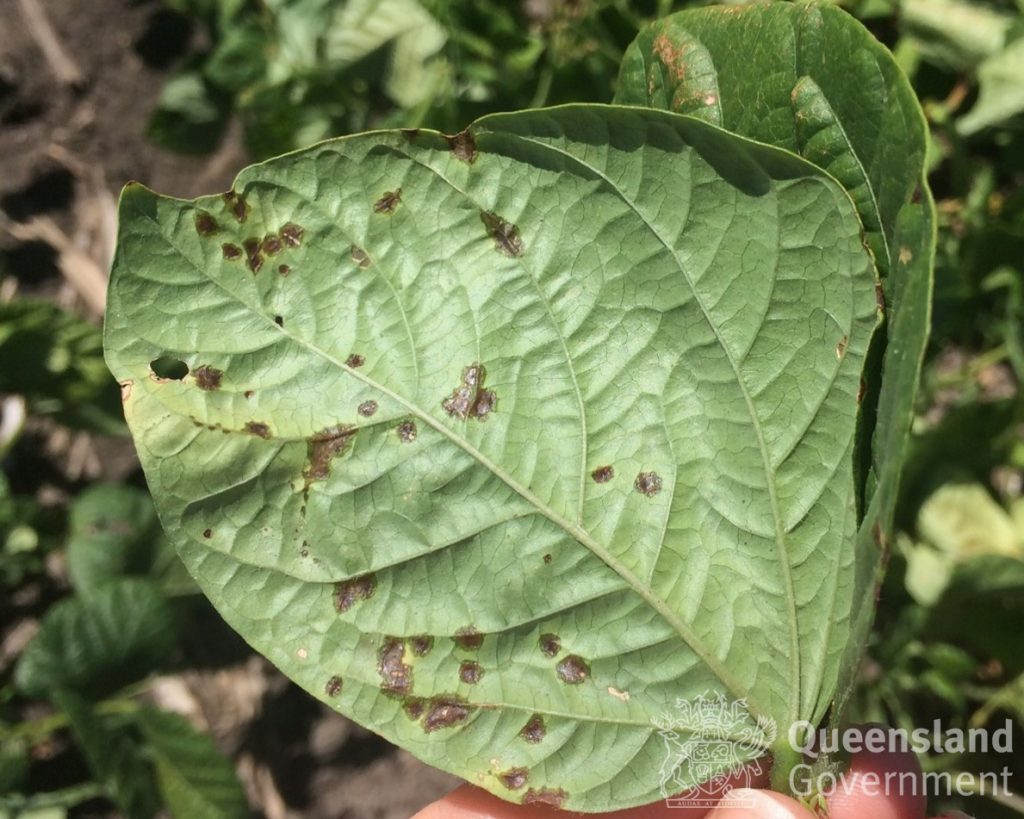
Figure 4. Underside of halo blight lesions are greasy or shiny in appearance due to bacterial ooze.
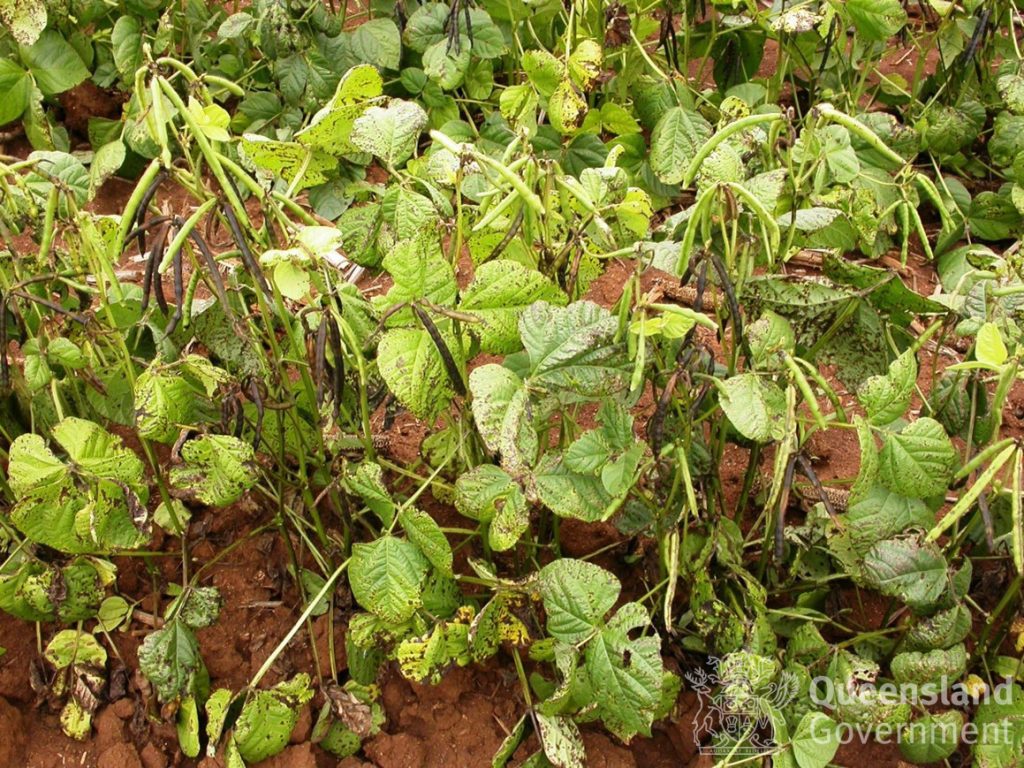
Figure 5. Severe halo blight infection in mungbean crop. Lesions may spread to petioles, stems and pods.
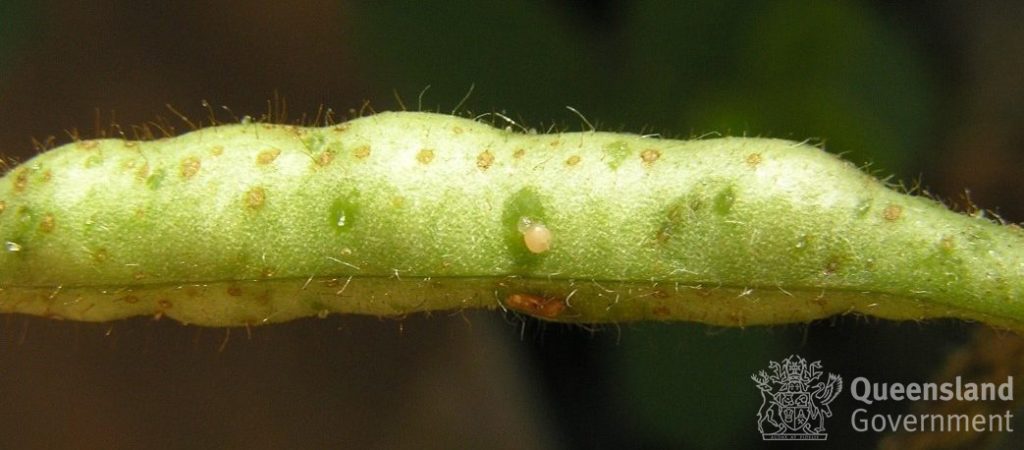
Figure 6. Bacteria oozing from water-soaked lesion on infected pod.
Bacteria oozes from lesions and spreads to neighbouring healthy plants by water splash (from rainfall or overhead irrigation) or contact between adjacent wet leaves. The bacteria invade plant tissues through natural plant openings and wounds during periods of high humidity.
The bacteria can survive on the plants’ surface without producing disease until conditions become favourable for infection and symptom development. Cool temperatures (18-23 °C) and wet weather favor disease development and spread. The bacteria survive for some time on stubble and plant residues, so it is important to rotate away from an affected paddock and control volunteers.
The bacterium is highly seed-borne and infected seed is a major source of pathogen survival and spread. Seed directly below pod lesions may become internally infected with the pathogen. The external coat of seed can become infected when it makes direct contact with the bacteria or infected plant tissues. The higher the level of disease in a crop, the higher the potential for seed transmission and increased risk using this as planting seed for the next crop.
Wetter conditions throughout northern New South Wales and southern Queensland resulted in disease outbreaks in early 2021. Halo blight was found in ten mungbean crops surveyed for disease in northern New South Wales and southern Queensland and in eleven samples submitted to DAF pathologists for disease diagnosis during 2021. To minimise the risk of future disease outbreaks, it is important that seed from affected paddocks is not used for future planting.
There are currently no registered chemicals for the control of the halo blight on infected plants or seed. The risk of a halo blight epidemic occurring in a crop can be minimised by:
- Selecting resistant varieties
The PBR varieties Celera II-AU and Opal-AU (both rated as ‘Moderately Resistant’) provide the best levels of resistance to the halo blight pathogen. All other commercial varieties are rated as either ‘Susceptible’ or ‘Moderately Susceptible’.
- Using low risk planting seed
Infected seed is thought to be the major source of infection within a crop. Under ideal environmental conditions, one infected seed per 10,000 is enough to produce an epidemic. Avoid using seed from an infected mungbean crop.
- Crop rotation
Various legume crop and pasture species are potential hosts of halo blight. Mungbean should be rotated with a non-host crop for at least two years to provide sufficient time for residue decomposition. Burying stubble will also assist in this process.
- Controlling host weeds and volunteers
Volunteer plants and weeds, such as cowvine, bellvine, morning glory, sowthistle, and Desmodium are known hosts and should be managed effectively.
- Restricting movement through the crop
Restrict crop access to avoid wounding the foliage and spreading the pathogen. Known affected paddocks should be visited and harvested after clean paddocks to avoid spreading the pathogen to clean paddocks. Machinery and harvesting equipment should be thoroughly cleaned of mungbean residues, preferably with an antibacterial solution, to avoid spreading the bacterial cells from infested residues to the surface of seed during harvest.
This research has been supported by GRDC project DAQ2106-007RTX.
